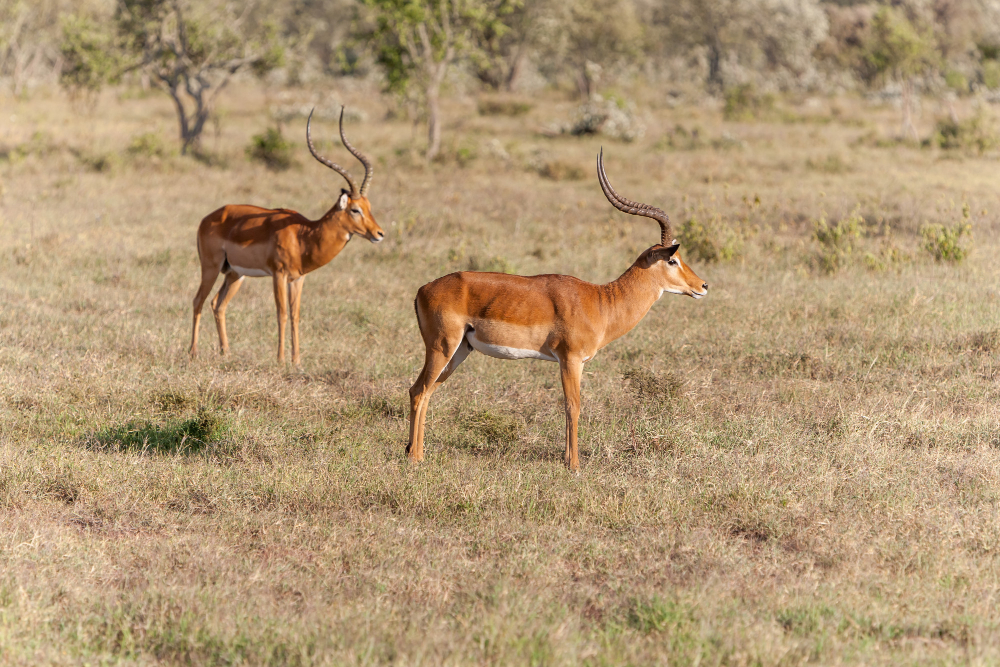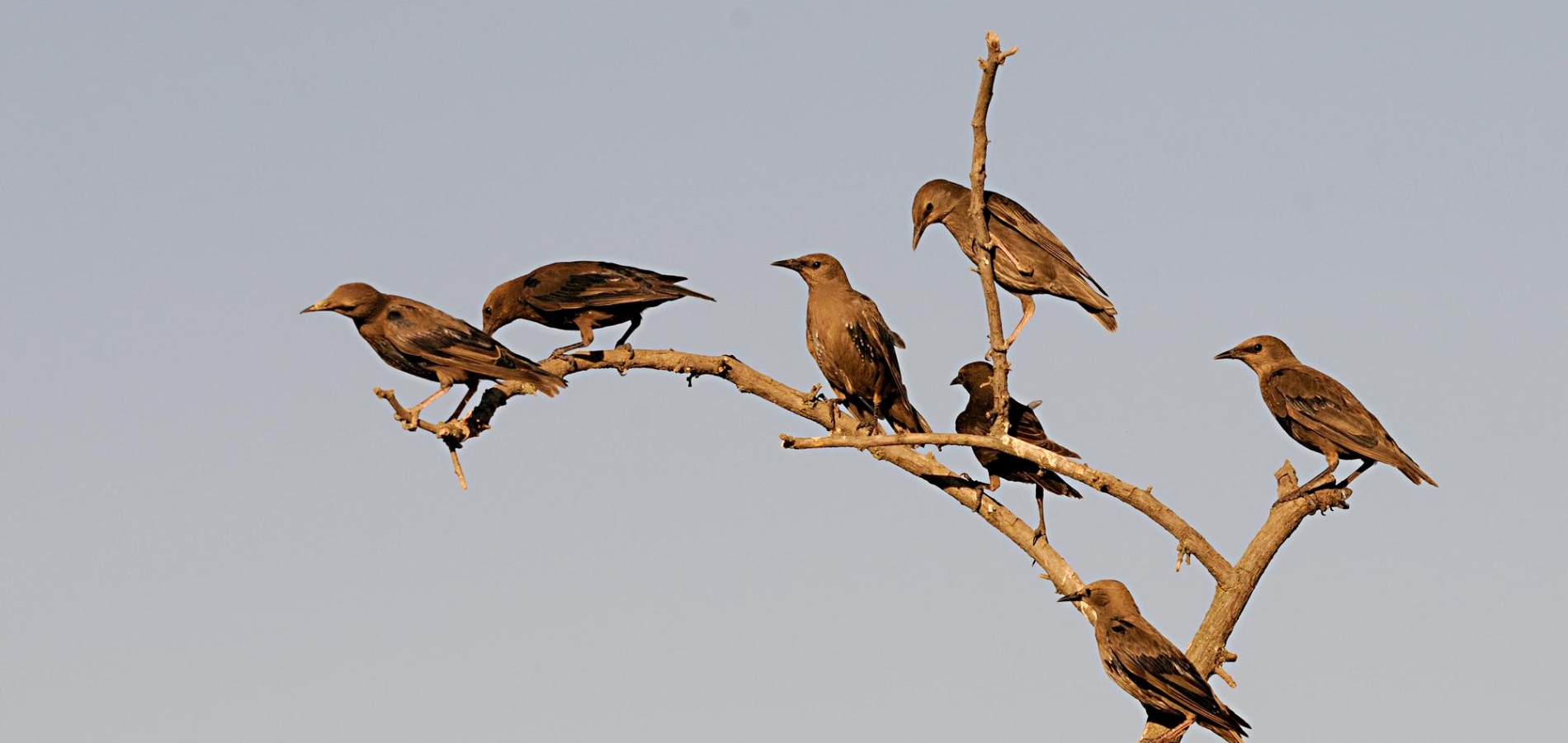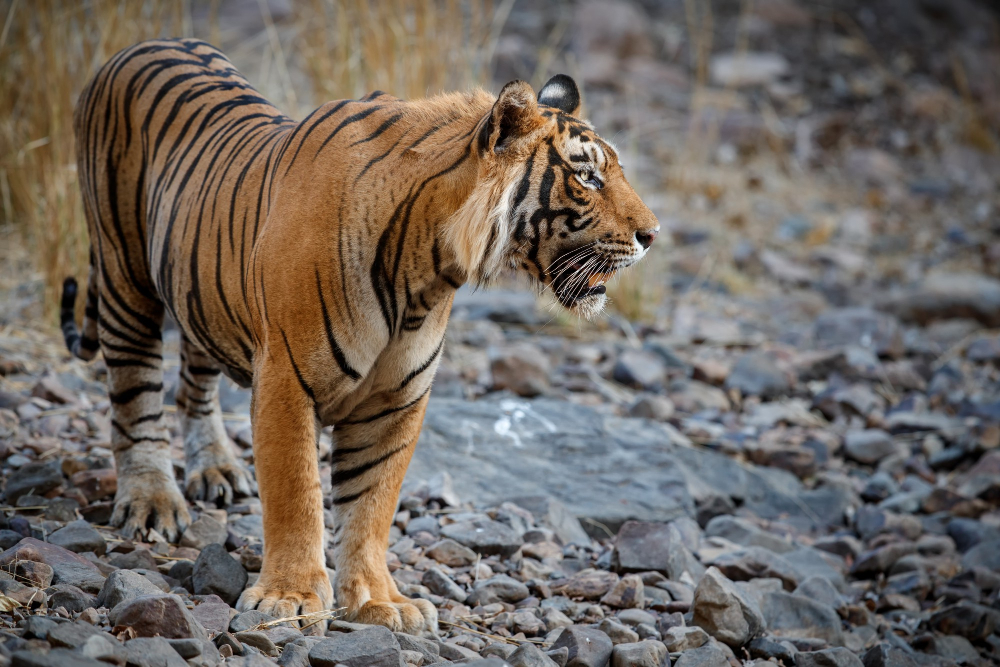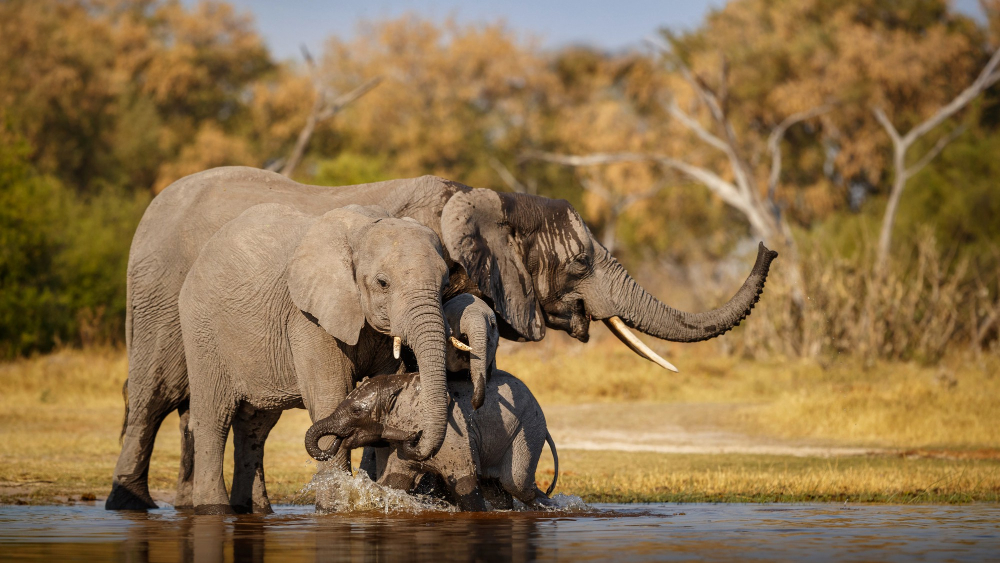The wildlife of Corbett Park, besides Bengal tigers, includes leopards, jungle cat, fishing cat and leopard cat. Deer, Sloth, Himalayan Black bears, Indian Grey Mongoose, otters, Indian pangolins, langur and rhesus monkeys are some of the mammals found in this park. The park also houses many migrating and resident birds. Many wildlife photographers also choose Corbett Park because of this diverse wildlife and breath-taking natural landscape.
Contact : The Field Director, Poject Tiger, Corbett Tiger Reserve, Post Office; Ramnagar, Nainital District, Uttranchal
Main Species (Flora)
Sal, Khair, Sissoo, Ber, Kuthber, Bel, Chbilla, Dhak, Semal, Khingan, Kharpat, Rohini, Bakli, Pula and Bamboo
Main Species (Fauna)
Mammals: Tiger, Leopard, Elephant, Cheetal , Sambar , Hog Deer, Barking Deer , Wildboar Langoor And Rhesus Monkey.
Birds : Peacock, Jungle Fowl, Partridges, Kaleej, Crow, Vulture, Parakeets, Laughing Thrush, Orioles, King Fishers, Drongo, Doves, Woodpeckers, Ducks, Teals, Storks, Cormorants and Seagulls.
Reptile : Indian Marsh Crocodiles Or Mugger , Gharials , King Cobra, Common Krait , Cobra, Russel , Python and Monitor Lizard.
Pisces : Mahaseer , Kalimuchi , Kalabasu , Chilwa and Goonch.




The dense Sal and bamboo forests, the amazing wildlife and grasslands of Kanha National Park were the source of inspiration to Rudyard Kipling,
Kaziranga National Park, the land of Great One-horned Rhinoceroses, is located in Assam, India. The natural beauty of this park are simply enthralling.
Keoladeo Ghana National Park is a famous bird sanctuary located in Bharatpur, Rajasthan.
The Manas National Park is a bio reserve in Assam, North East India state of India and is home to many threatened wildlife species.
Nagarhole National Park in Karnataka is rich in terms of wildlife and vegetation. It comes under the Nilgiri Biosphere Reserve and covers the area in Mysore
Periyar Wildlife Sanctuary is located in the Pathanamthitta and Idukki districts of Kerala, India. It is one of the most popular national parks in south India.
One of the largest national parks in northern India, Ranthambore National Park is located in the Sawai Madhopur district of Rajasthan, India.
Sariska National Park is located in the Alwar district of Rajasthan and is a famous tiger reserve. The park presently covers about 866 km² of dry deciduous forests and grasslands.
Sundarbans National Park, Sunderbans meaning beautiful forest, is one of the largest tiger reserves in India. It is a part of Ganges Delta and is densely covered by mangrove forests.
The Bandhavgarh National Park in Madhya Pradesh, India is best known for its tiger population. With a combined 448 square km of the protected and buffer zone.
Bandipur National Park supports a wide variety of wildlife in the protected area. Many endangered species of plants, mammals, birds and reptiles can be found in this national park.
Corbett National Park is also known as Jim Corbett National Park and is named after Jim Corbett, a renowned hunter who turned into a conservationist and author after his retirement.
In the Great Indian Desert (Thar Desert), lies the Little Runn of Kutch in the Kutch district of Gujarat, India. It is the last refuge of Indian Wild Ass or Khur.
Dudhwa National Park is located in the outer foothills of Himalayas in Uttar Pradesh, near the India-Nepal border. It covers about 490 sq. km of forest land with a buffer zone of 150 sq. km.
The Gir Forest National Park located in Gujarat state of India, is the last and only home of the Asiatic Lions in all of Asia. It is the only place outside African continent to see Lions in their natural habitals.
Copyright 2023, All Rights Reserved.